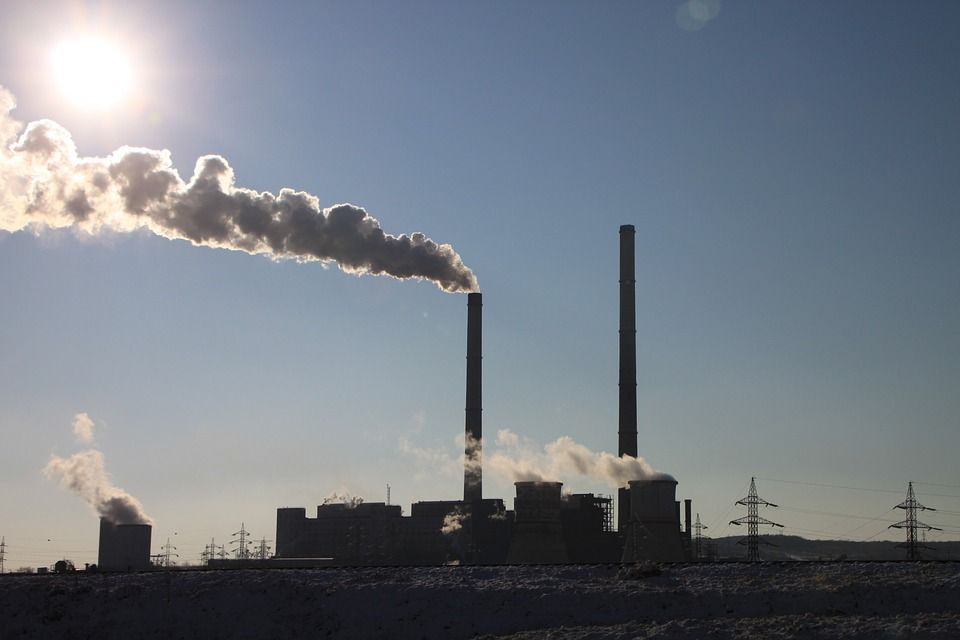Number of carbon pricing initiatives doubled over past decade
Globally, the number of carbon pricing initiatives that have been implemented or scheduled has almost doubled over the past five years – according to a new report

Globally, the number of carbon pricing initiatives that have been implemented or scheduled has almost doubled over the past five years – according to a new report.
The report, Carbon Pricing Watch 2017 – jointly prepared by the World Bank and Ecofys – was launched on Tuesday 23 May, during the Innovate4Climate Summit in Barcelona.
The report details that eight new carbon pricing initiatives have been introduced since 2016, with three implemented at the national level and five at the subnational level.
John Roome, Senior Director for Climate Change at the World Bank Group, said: “Carbon pricing initiatives are helping countries reach their climate change commitments at a lower cost.
“Well-designed carbon pricing instruments, implemented alongside other supporting policies and regulations, can help to incentivise large-scale climate action,” he added.
The first global sectoral carbon pricing initiative was adopted by the International Civil Aviation Organization (ICAO) in October last year.
The ICAO’s Carbon Offsetting and Reduction Scheme for International Aviation caps greenhouse gas (GHG) emissions from international aviation at 2020 levels
In the Americas, Canada, Chile, Colombia and Mexico have led the way in the development of carbon pricing initiatives.
A national framework was put to the Canadian Government in 2016, which requires all jurisdictions to implement a carbon price by 2018.
In Mexico, an emissions trading system (ETS) is scheduled to be launched in 2018, while Colombia and Chile have both introduced carbon taxes this year.
In Asia, Singapore has announced that it intends to implement a carbon pricing initiative in 2019, while China is preparing for the launch of its national ETS, planned for the later this year.
According to the report, China’s ETS is set to be the largest carbon pricing initiative in the world.
As of 2017, more than 40 national and 25 subnational jurisdictions – responsible for around 25 per cent of global GHG emissions – are now putting a price on carbon.
On average, carbon pricing initiatives implemented and scheduled for implementation cover about half of the total emissions from these jurisdictions, the report said.
These numbers translate to a total coverage of about 8 gigatons of carbon dioxide equivalent (GtCO2e) or approximately 15 per cent of global GHG emissions.
The total value of ETSs and carbon taxes across the world in 2017 is US$52 billion, up 7 per cent compared to 2016.
To supplement the Carbon Pricing Watch 2017, the World Bank Group has also launched the Carbon Pricing Dashboard, which provides an up-to-date overview of carbon pricing initiatives and allows users to navigate through carbon pricing initiatives with visuals and data.
Carbon Pricing Watch 2017 is a preview of the State and Trends of Carbon Pricing 2017 report, which will be launched later this year.
The Innovate4Climate, Finance and Markets week is being held in Barcelona at the Fira de Barcelona, on 22-26 May 2017, organised by the World Bank Group. Innovate4Climate will be the global platform uniting leaders from across policy, multilateral, business and finance sectors to create the partnerships needed to unlock the trillions.






